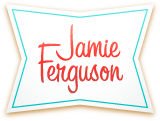It’s a date
It’s not firm enough to announce yet, but I’ve set a date for the release of my next novel. Yay!!! This sounds very exciting – and it is! But there’s a lot of work to do before publication. In addition to my part I’m hiring a cover designer and an editor, so until I get…
